Home>Gardening & Outdoor>Landscaping Ideas>How To Turn A Muddy Yard Into Grass
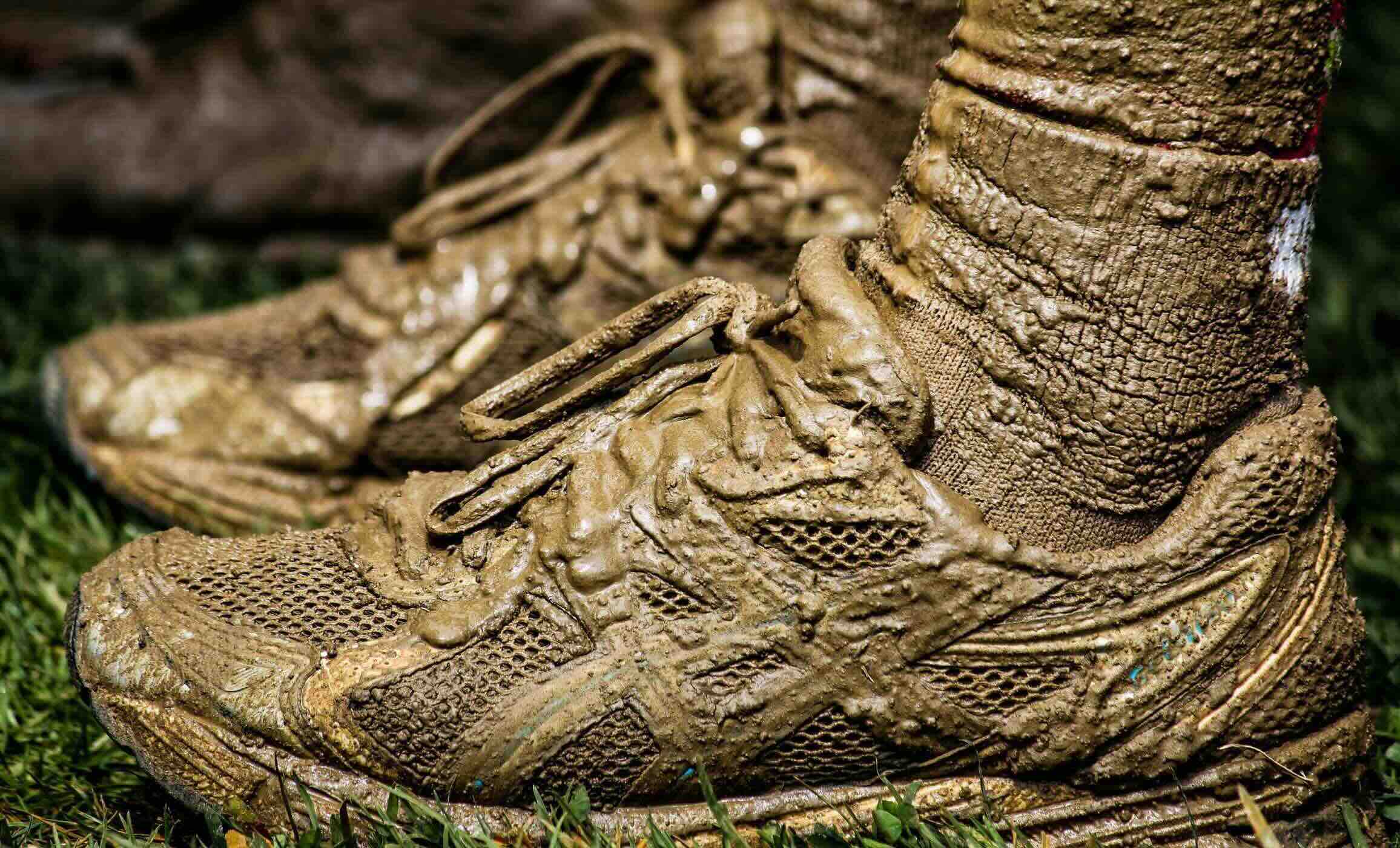

Landscaping Ideas
How To Turn A Muddy Yard Into Grass
Modified: February 18, 2024
Transform your muddy yard into a lush green oasis with our expert landscaping ideas. Say goodbye to mud and hello to a beautiful grassy lawn!
(Many of the links in this article redirect to a specific reviewed product. Your purchase of these products through affiliate links helps to generate commission for Storables.com, at no extra cost. Learn more)
Introduction
Transforming a muddy yard into a lush, green oasis is a rewarding endeavor that can elevate the beauty and functionality of your outdoor space. Whether you envision a verdant lawn for leisurely picnics, a vibrant garden for colorful blooms, or simply a welcoming area for outdoor activities, the process of turning a muddy yard into grass involves several key steps. By assessing the situation, addressing drainage issues, and carefully preparing the soil, you can lay the groundwork for a thriving lawn or garden. This comprehensive guide will walk you through the essential stages of this transformation, from clearing the area to selecting the most suitable grass seeding or sodding options. With proper care and maintenance, you can soon enjoy the sight of a once-muddy yard blossoming into a flourishing green landscape. Let's delve into the details of this rejuvenating journey!
Key Takeaways:
- Transforming a muddy yard into a lush, green oasis involves assessing the situation, improving drainage, preparing the soil, and choosing between seeding or sodding. Diligent watering and maintenance are essential for nurturing a healthy and vibrant lawn or garden.
- To turn a muddy yard into grass, start by clearing the area, addressing drainage issues, and preparing the soil. Whether seeding or sodding, attentive care and maintenance are crucial for nurturing the new grass into a flourishing and enduring feature of your outdoor environment.
Read more: How To Grow Grass In Muddy Yard
Assessing the Situation
Before embarking on the journey of transforming a muddy yard into a grassy haven, it’s crucial to assess the current state of the area. Start by examining the extent of the mud and identifying the underlying causes. Is the mud a result of poor drainage, heavy foot traffic, or a combination of factors? Understanding the root of the issue will guide your approach to rectifying it.
Additionally, consider the topography of the yard. Are there any slopes or depressions that contribute to water pooling and exacerbate the muddy conditions? Observing how water flows and accumulates in the space will inform your strategy for improving drainage and preventing future waterlogging.
Furthermore, take note of the amount of sunlight the area receives throughout the day. Different grass species thrive under varying light conditions, so this assessment will aid in selecting the most suitable grass type for your yard.
By thoroughly evaluating the existing conditions, you can develop a tailored plan to address the muddy terrain and lay the groundwork for a healthy, vibrant lawn or garden. This initial assessment sets the stage for the subsequent steps in the transformation process, ensuring that your efforts yield enduring and visually appealing results.
Clearing the Area
Once you’ve assessed the muddy yard and gained a clear understanding of the underlying causes, it’s time to prepare the area for the transformation. Clearing the space of debris, rocks, and any existing vegetation is the initial step in creating a clean canvas for your new grassy landscape.
Begin by removing any large rocks, branches, or other debris that may hinder the subsequent groundwork. This process not only facilitates the subsequent steps but also ensures a safer and more efficient environment for the transformation process.
Following the removal of debris, consider whether any existing vegetation, such as weeds or sparse grass, needs to be cleared. Depending on the extent of the muddy conditions, it may be necessary to eradicate persistent weeds and unwanted vegetation to prevent them from impeding the growth of the new grass.
For more extensive clearing, you might opt for manual removal, utilizing tools such as rakes, shovels, and weed pullers to uproot unwanted plants. In cases where the area is larger or particularly overgrown, mechanical methods such as mowers or trimmers may be employed to expedite the clearing process.
By thoroughly clearing the area, you create a blank canvas ready for the subsequent steps of the transformation process. This initial groundwork sets the stage for the next crucial phases, ensuring that the new grass can take root and flourish unhindered by debris or competing vegetation.
Improving Drainage
Addressing drainage issues is paramount when transforming a muddy yard into a thriving grassy expanse. Poor drainage can lead to persistent waterlogging, exacerbating the muddy conditions and impeding the healthy growth of grass. By implementing effective drainage solutions, you can mitigate these challenges and create an optimal environment for your new lawn or garden.
One effective method to enhance drainage involves the installation of French drains. These underground trenches filled with gravel or rock fragments facilitate the efficient redirection of excess water away from the yard, preventing waterlogging and minimizing mud accumulation. French drains are particularly beneficial in areas with heavy clay soil, where water absorption is limited.
Another approach to improving drainage is the incorporation of strategically placed surface drains. These drains, equipped with grates or catch basins, help divert surface water away from the yard, reducing the likelihood of muddy patches and fostering a healthier growing environment for the grass.
In addition to these drainage solutions, grading the terrain to promote proper water runoff can significantly contribute to mitigating muddy conditions. By adjusting the slope of the land, you can guide water away from low-lying areas prone to water accumulation, effectively minimizing the persistence of mud and fostering improved conditions for the growth of lush grass.
By implementing these drainage improvements, you set the stage for a transformed yard that is conducive to the flourishing of grass and other vegetation. Effective drainage not only mitigates muddy conditions but also promotes the long-term health and vibrancy of the landscape, ensuring a visually appealing and functional outdoor space for leisure and relaxation.
Before planting grass, improve drainage by adding topsoil and leveling the area. Choose grass seed that is suitable for your climate and soil type. Keep the area well-watered until the grass is established.
Preparing the Soil
Once the area has been cleared and drainage improvements have been made, the next crucial step in transforming a muddy yard into a verdant oasis is preparing the soil. Soil preparation plays a pivotal role in creating an optimal foundation for the successful establishment and growth of grass, setting the stage for a lush and healthy lawn or garden.
Begin by conducting a soil test to assess its composition and pH levels. This analysis provides valuable insights into the soil’s nutrient content and acidity, guiding the application of necessary amendments to optimize its suitability for grass growth. Based on the test results, you may need to adjust the pH levels or supplement the soil with essential nutrients to create an ideal growing environment.
Following the soil test, consider aerating the soil to alleviate compaction and enhance its ability to absorb water and nutrients. Aeration involves perforating the soil with small holes to promote better air circulation and root development, fostering healthier and more resilient grass growth.
Next, consider incorporating organic matter, such as compost or well-decomposed manure, into the soil. Organic amendments enrich the soil with essential nutrients, improve its structure, and enhance water retention, creating a fertile and conducive environment for the new grass to thrive.
After aerating and amending the soil, it’s essential to ensure thorough mixing and leveling to achieve a uniform and well-prepared surface for seeding or sodding. Raking the soil to create a smooth and even texture further enhances the groundwork for successful grass establishment.
By diligently preparing the soil, you establish the groundwork for a flourishing and resilient grassy landscape. Thoughtful soil preparation sets the stage for robust root development and vigorous grass growth, laying the foundation for a verdant and inviting outdoor space that can be enjoyed for years to come.
Read more: How To Grow Grass In A Muddy Yard
Seeding or Sodding
When transforming a muddy yard into a lush green expanse, the method of establishing the grass—whether through seeding or sodding—plays a pivotal role in determining the speed and efficacy of the transformation process. Each approach offers distinct benefits and considerations, allowing you to select the most suitable method based on your specific preferences and the unique characteristics of your outdoor space.
Seeding the area involves sowing grass seeds directly onto the prepared soil. This method offers a wide selection of grass species, allowing you to choose varieties that are well-suited to the local climate, soil type, and light conditions. Additionally, seeding provides a cost-effective option, particularly for larger areas, and allows for greater customization in creating a tailored grass blend that meets your aesthetic and functional preferences.
Alternatively, sodding entails the installation of pre-grown grass turf, providing an instant and visually impactful transformation of the muddy yard. Sodding is advantageous for rapidly establishing a lush lawn, as the mature grass immediately enhances the visual appeal of the landscape. This method is particularly beneficial for areas with high erosion risk or where rapid soil stabilization is desired.
When deciding between seeding and sodding, consider factors such as your timeline for achieving a fully established lawn, the initial budget for the transformation, and the specific characteristics of the area, including its slope and exposure to foot traffic. Both methods offer distinct advantages, and the choice between seeding and sodding ultimately hinges on your priorities and the unique requirements of your outdoor space.
Whether you opt for seeding or sodding, attentive care and maintenance following the installation are essential for nurturing the new grass to maturity. Regular watering, monitoring for proper establishment, and timely maintenance practices are integral to ensuring the successful transition of the muddy yard into a vibrant and resilient grassy haven.
Watering and Maintenance
Following the establishment of the new grass, diligent watering and ongoing maintenance are vital to nurturing a healthy and vibrant lawn or garden. Sustaining optimal soil moisture and implementing regular care practices are essential for facilitating robust grass growth and ensuring the enduring beauty and resilience of the transformed landscape.
Upon seeding or sodding, it’s crucial to initiate a consistent watering regimen to support the initial establishment of the grass. Adequate moisture is essential for promoting germination and root development, fostering the successful integration of the new grass into the soil.
As the grass begins to take root and grow, continue to monitor and adjust the watering schedule based on the specific requirements of the grass species and the prevailing weather conditions. Deep, infrequent watering encourages the development of strong and resilient root systems, promoting the overall health and longevity of the grass.
In addition to watering, regular maintenance practices, such as mowing, fertilizing, and addressing weed control, are integral to sustaining a thriving grassy landscape. Mowing the grass at the appropriate height, based on the specific grass species, promotes dense growth and discourages weed encroachment, contributing to a lush and uniform lawn.
Fertilization, tailored to the nutritional needs of the grass and the soil composition, supports vigorous growth and vibrant coloration, enhancing the overall visual appeal of the landscape. Furthermore, proactive weed control measures, such as targeted herbicide applications and manual removal, safeguard the grass from competition and maintain its pristine appearance.
Regular aeration and overseeding, particularly in high-traffic areas, further contribute to the long-term health and resilience of the grass, ensuring that the transformed yard remains a verdant and inviting outdoor space for leisure and relaxation.
By consistently implementing attentive watering and comprehensive maintenance practices, you can nurture the newly established grass into a flourishing and enduring feature of your outdoor environment, transforming a once-muddy yard into a vibrant and inviting green landscape.
Conclusion
The transformation of a muddy yard into a lush and inviting grassy landscape is a gratifying journey that culminates in the creation of a vibrant outdoor space for leisure, relaxation, and natural beauty. By embarking on this rejuvenating endeavor, you have the opportunity to craft a verdant haven that enhances the aesthetic appeal and functionality of your home’s exterior.
Throughout the transformation process, you’ve assessed the existing conditions, addressed drainage challenges, and meticulously prepared the soil to create an optimal foundation for the successful establishment of new grass. Whether through seeding or sodding, you’ve carefully selected the method best suited to your preferences and the unique characteristics of your outdoor space, laying the groundwork for a thriving and resilient lawn or garden.
As the grass takes root and flourishes, diligent watering and ongoing maintenance practices are integral to nurturing its health and vibrancy. By sustaining optimal soil moisture, implementing regular care routines, and tending to the specific needs of the grass, you foster a landscape that exudes natural beauty and enduring allure.
Ultimately, the transformation of a muddy yard into grass represents a testament to your dedication to creating an outdoor environment that is both visually captivating and functionally inviting. The lush expanse that emerges from the once-muddy terrain becomes a testament to the transformative power of thoughtful planning, diligent effort, and the nurturing touch of nature.
As you savor the sight of your rejuvenated outdoor space, may it serve as a source of joy, tranquility, and connection with the natural world. Whether it’s a sprawling lawn for leisurely gatherings, a verdant backdrop for outdoor activities, or a colorful garden teeming with life, your transformed landscape stands as a testament to the enduring beauty and resilience of nature, and the transformative potential that lies within your hands.
Frequently Asked Questions about How To Turn A Muddy Yard Into Grass
Was this page helpful?
At Storables.com, we guarantee accurate and reliable information. Our content, validated by Expert Board Contributors, is crafted following stringent Editorial Policies. We're committed to providing you with well-researched, expert-backed insights for all your informational needs.
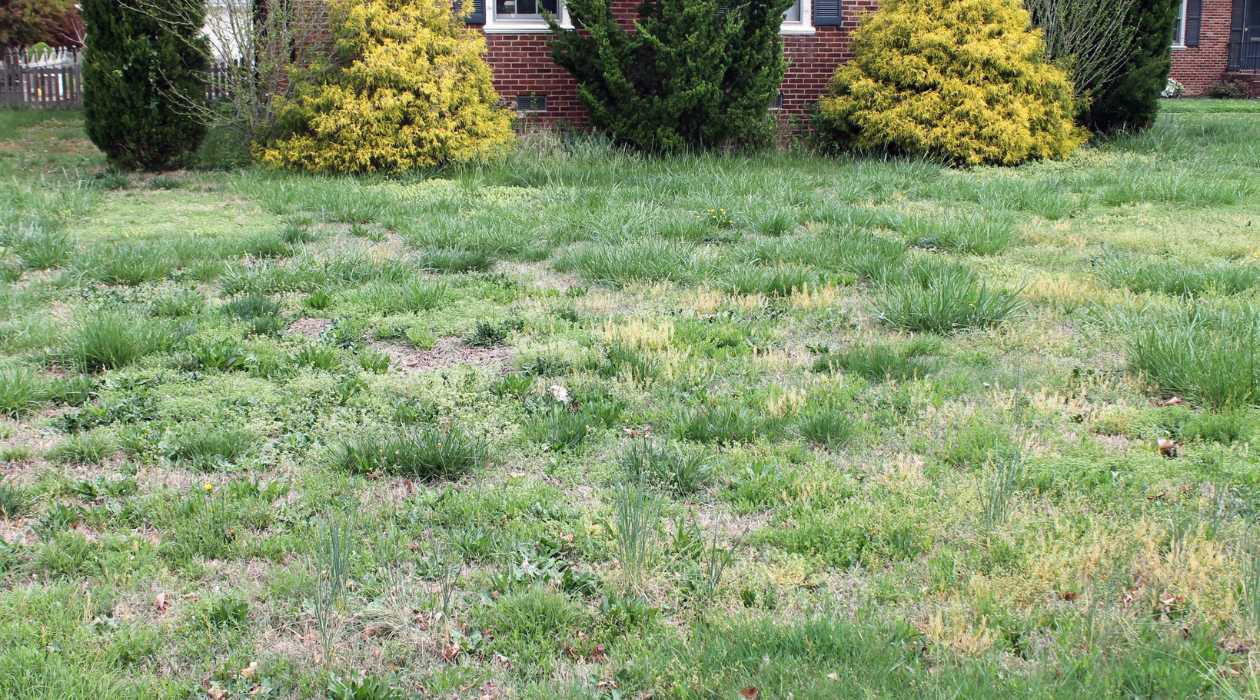
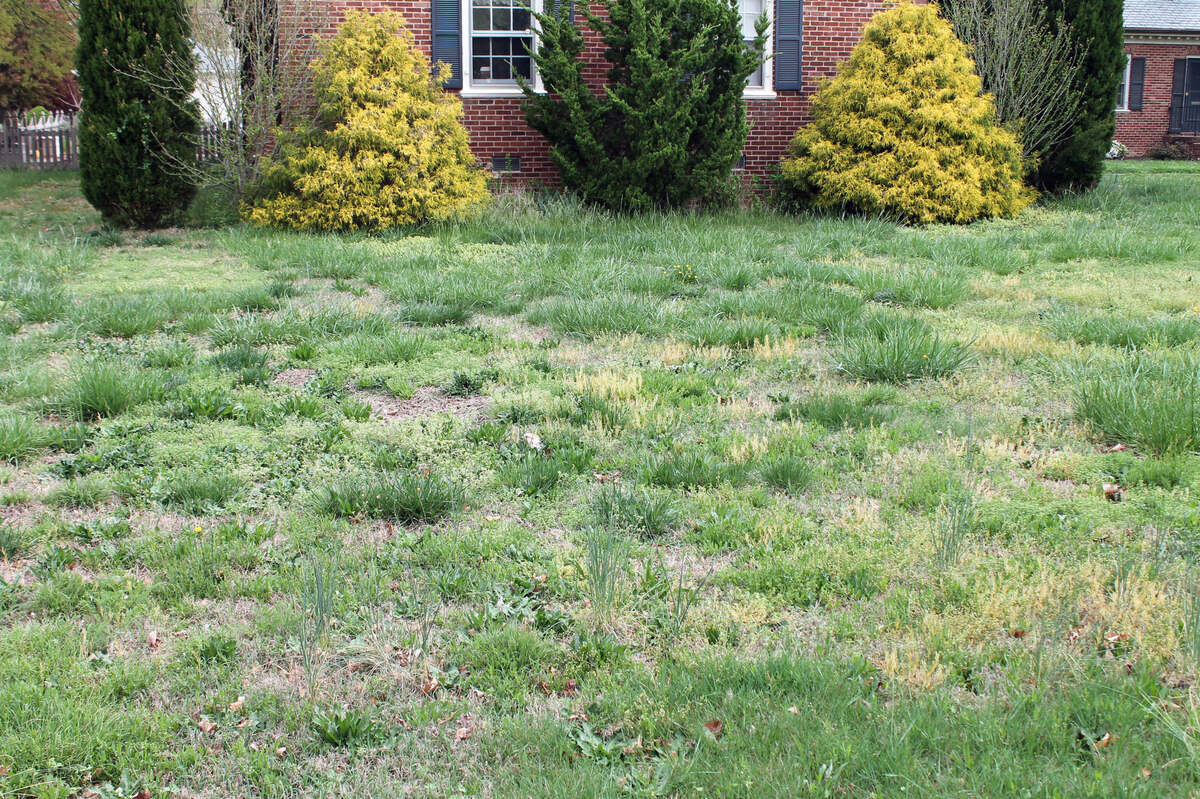
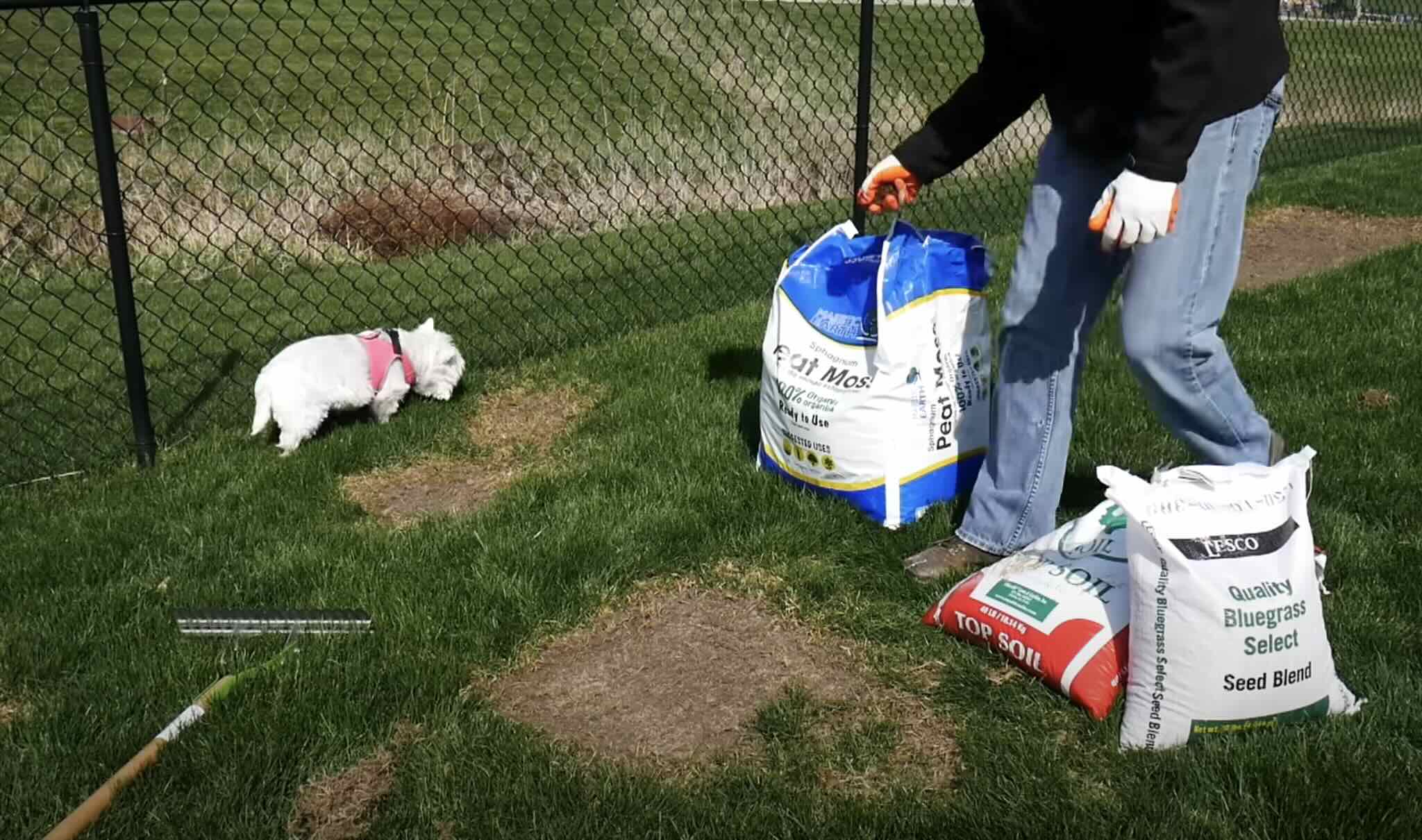
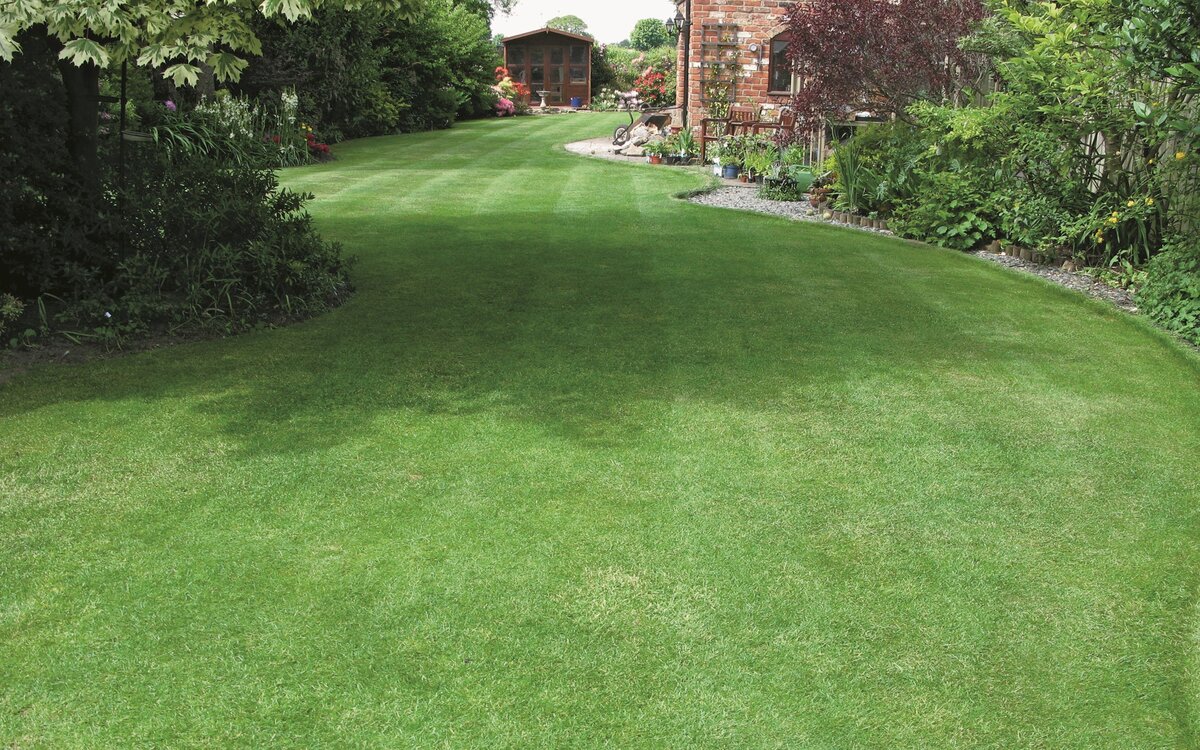
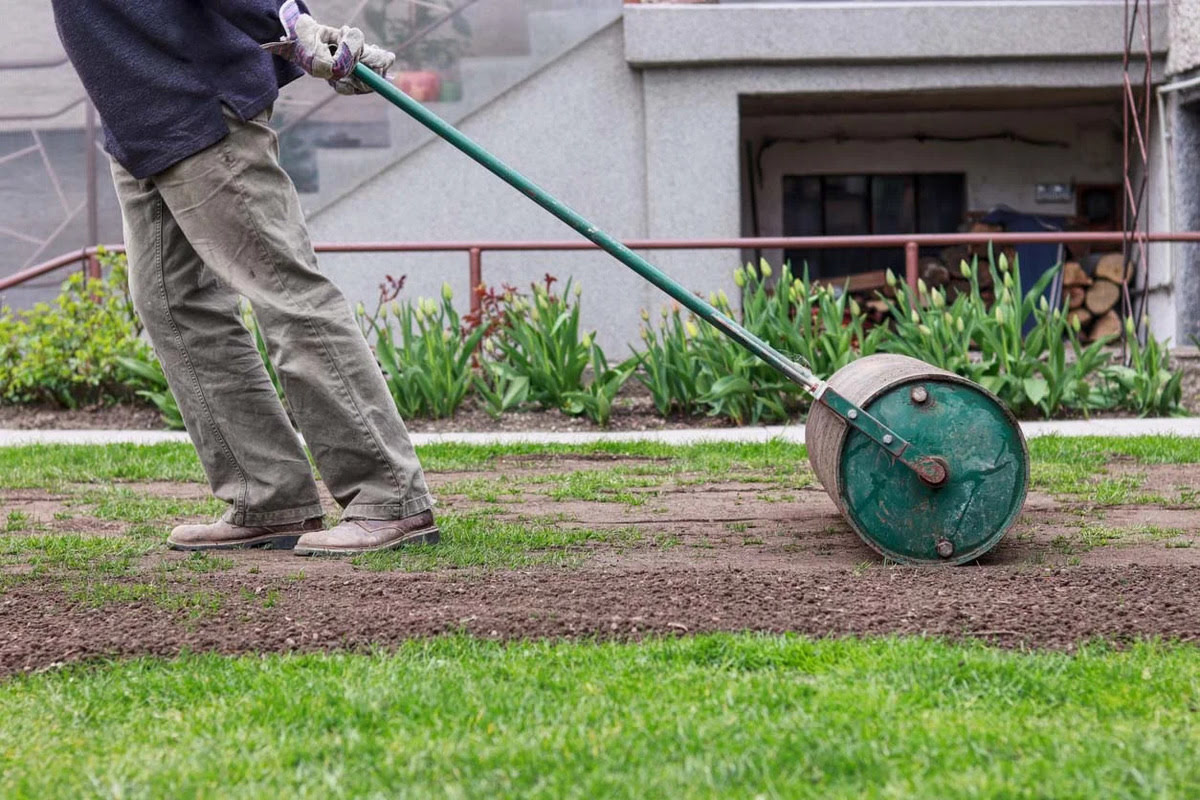
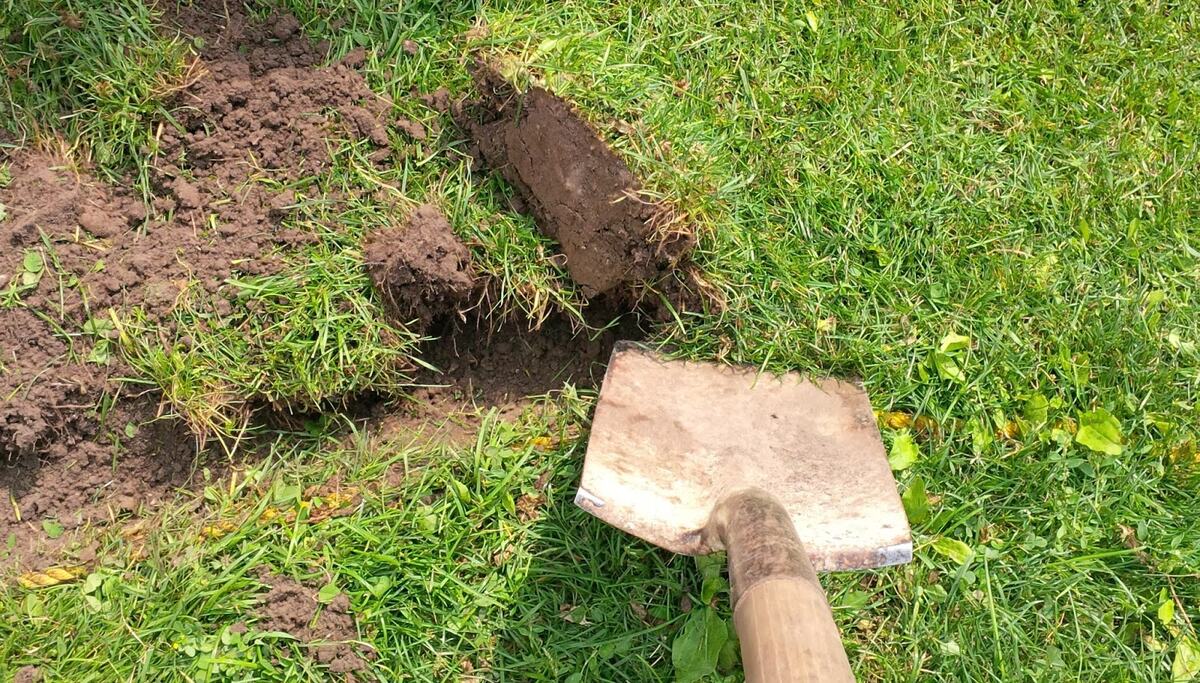
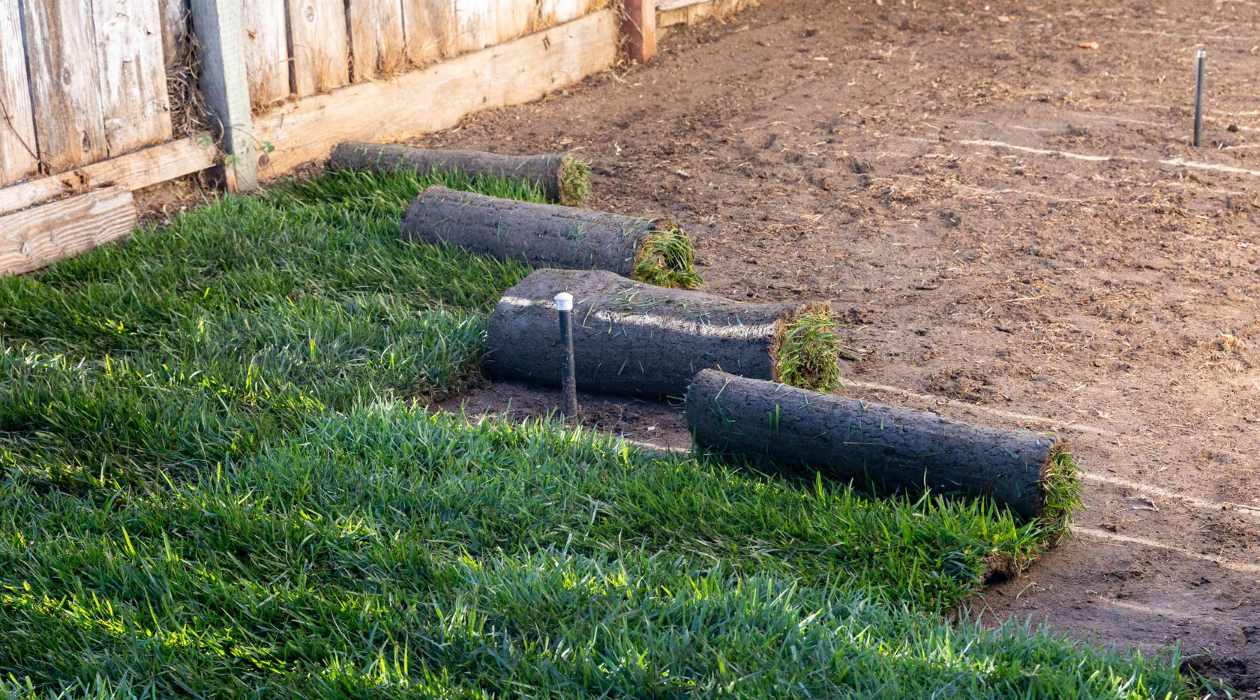
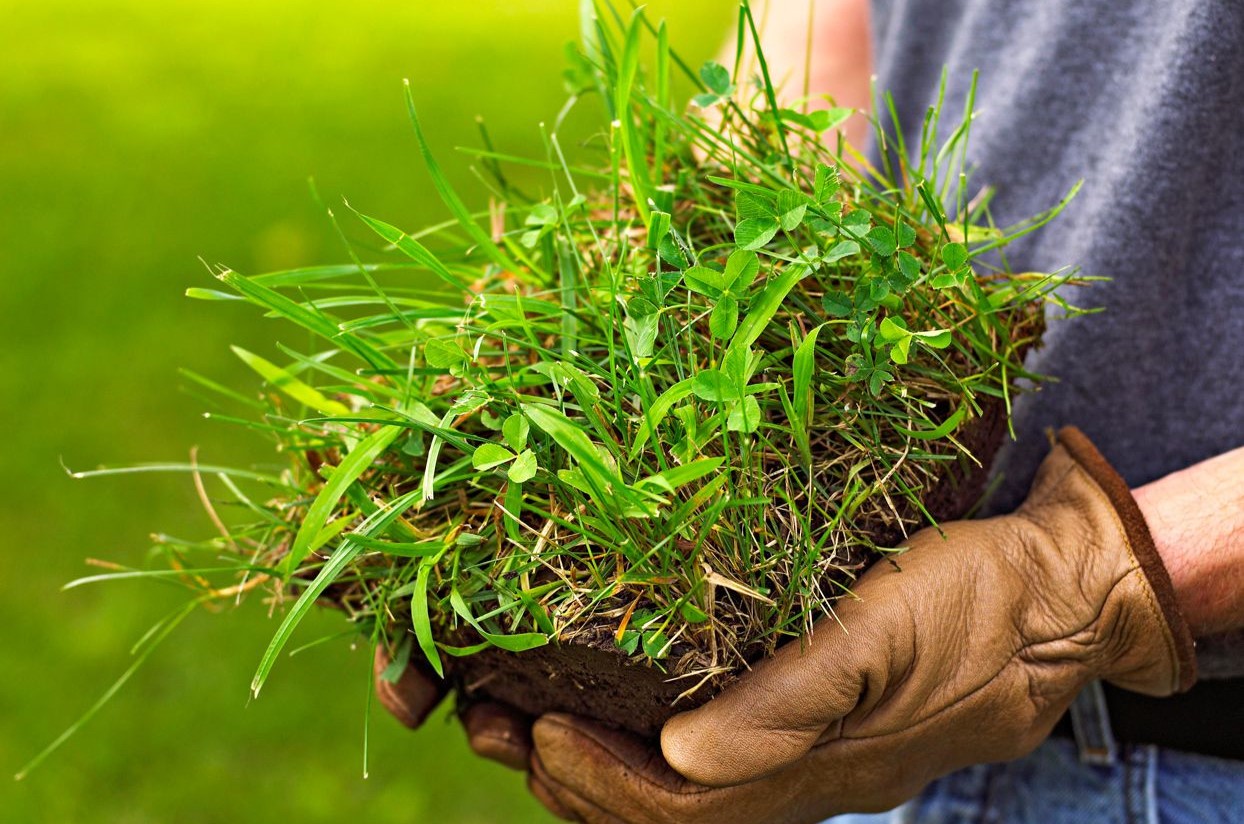
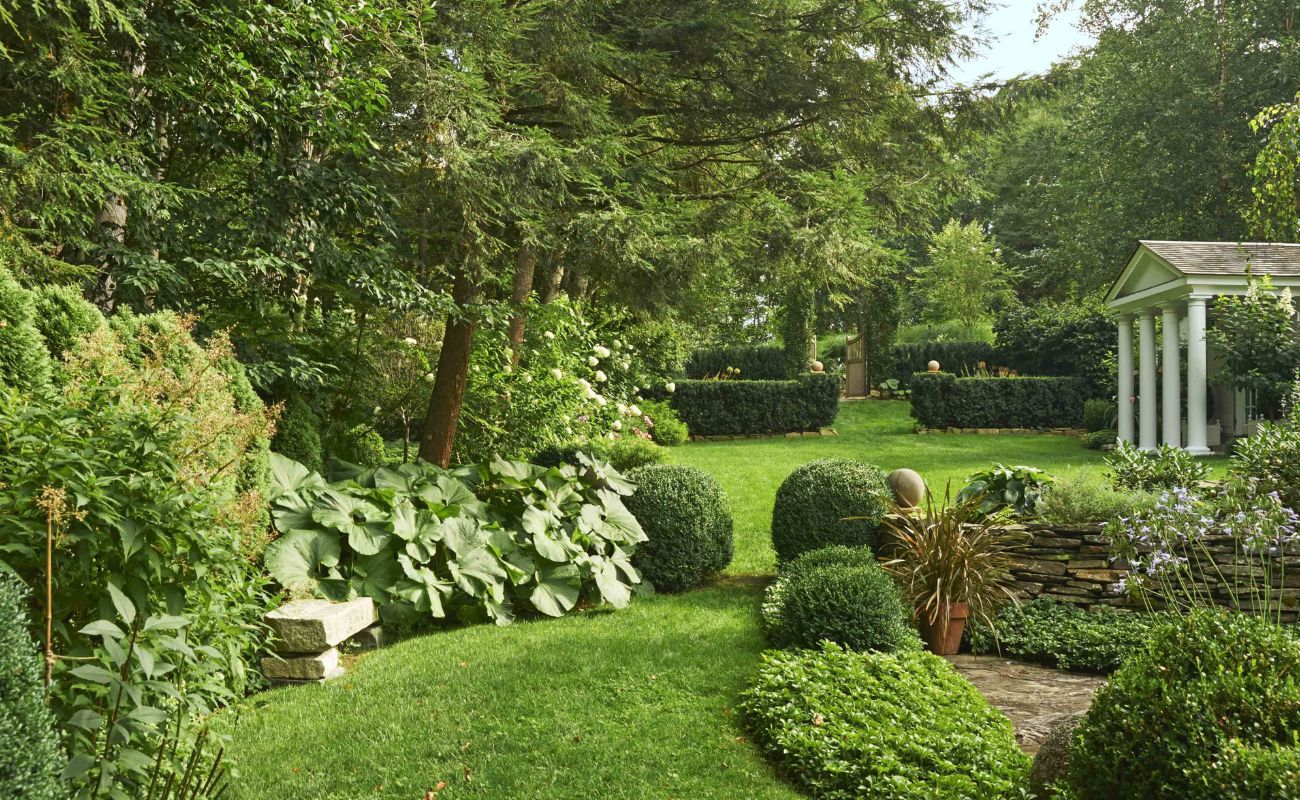
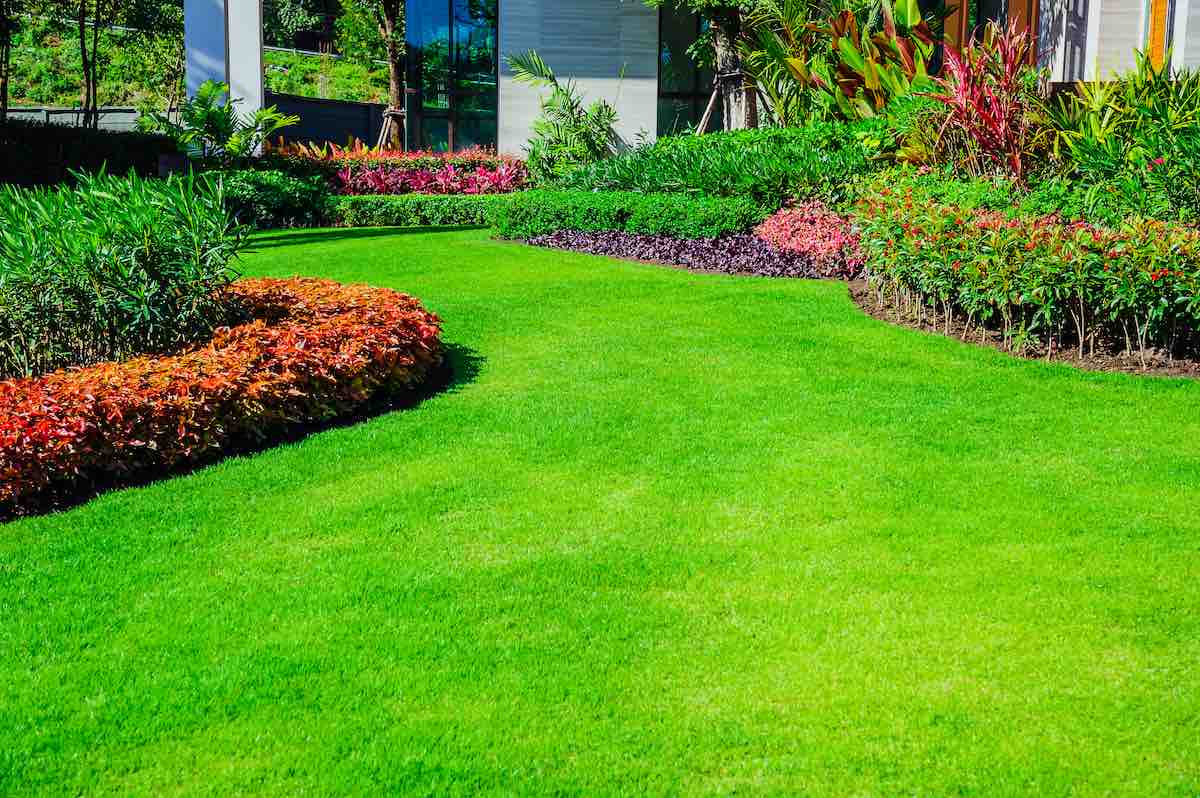
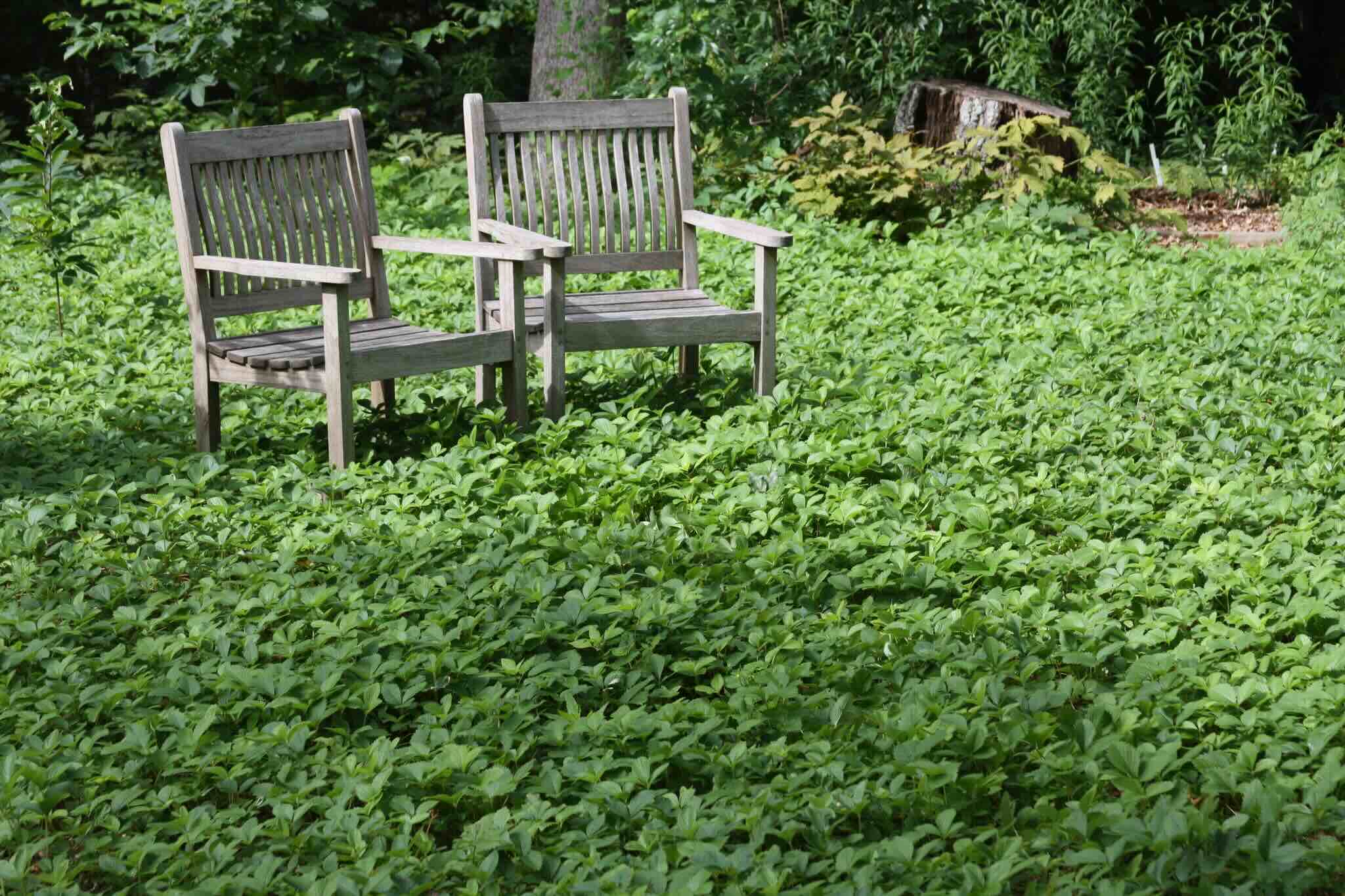
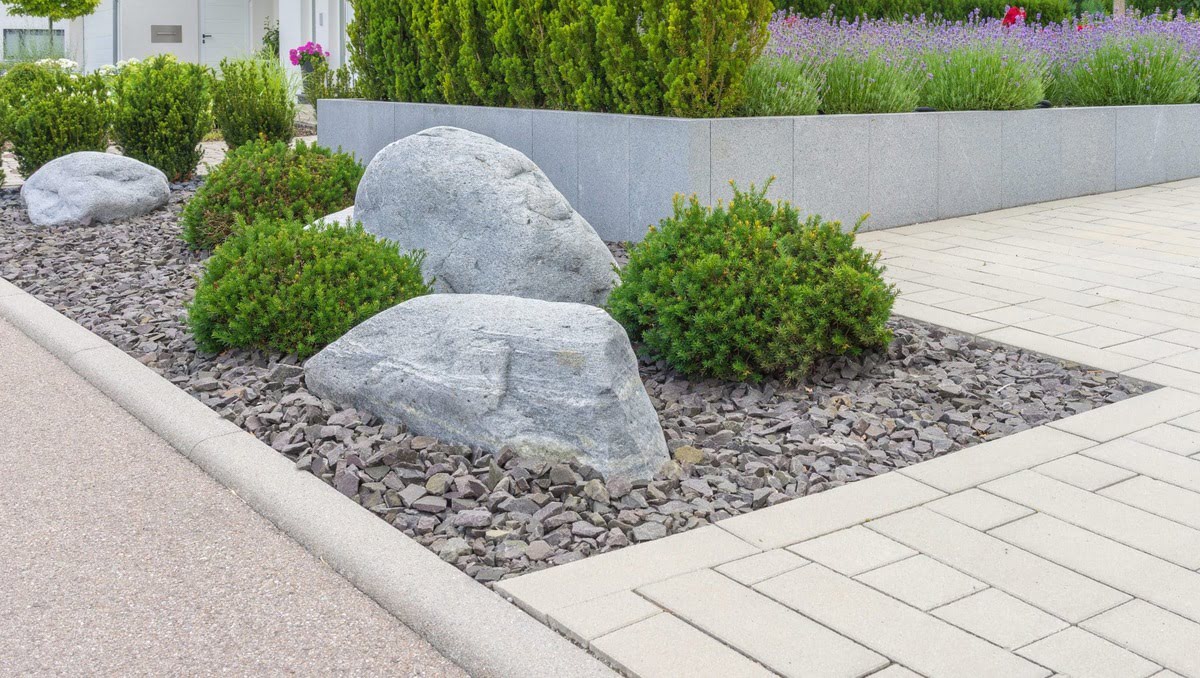
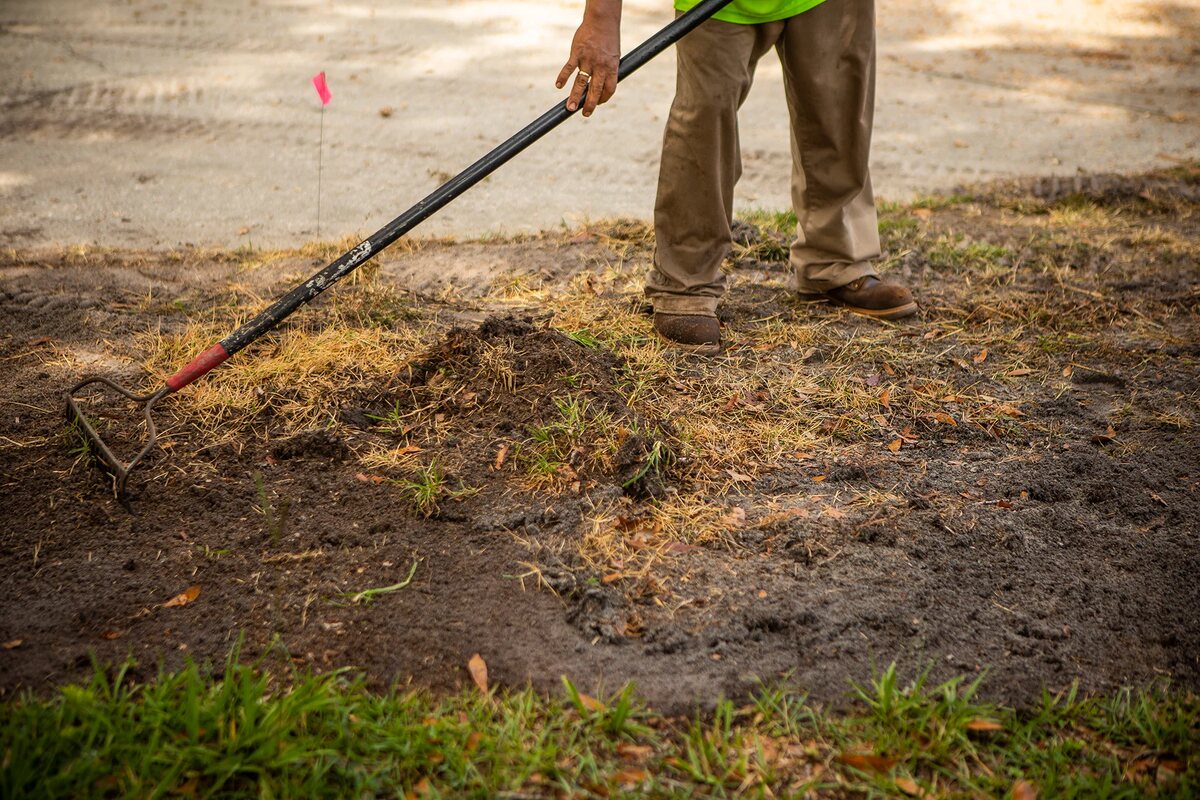
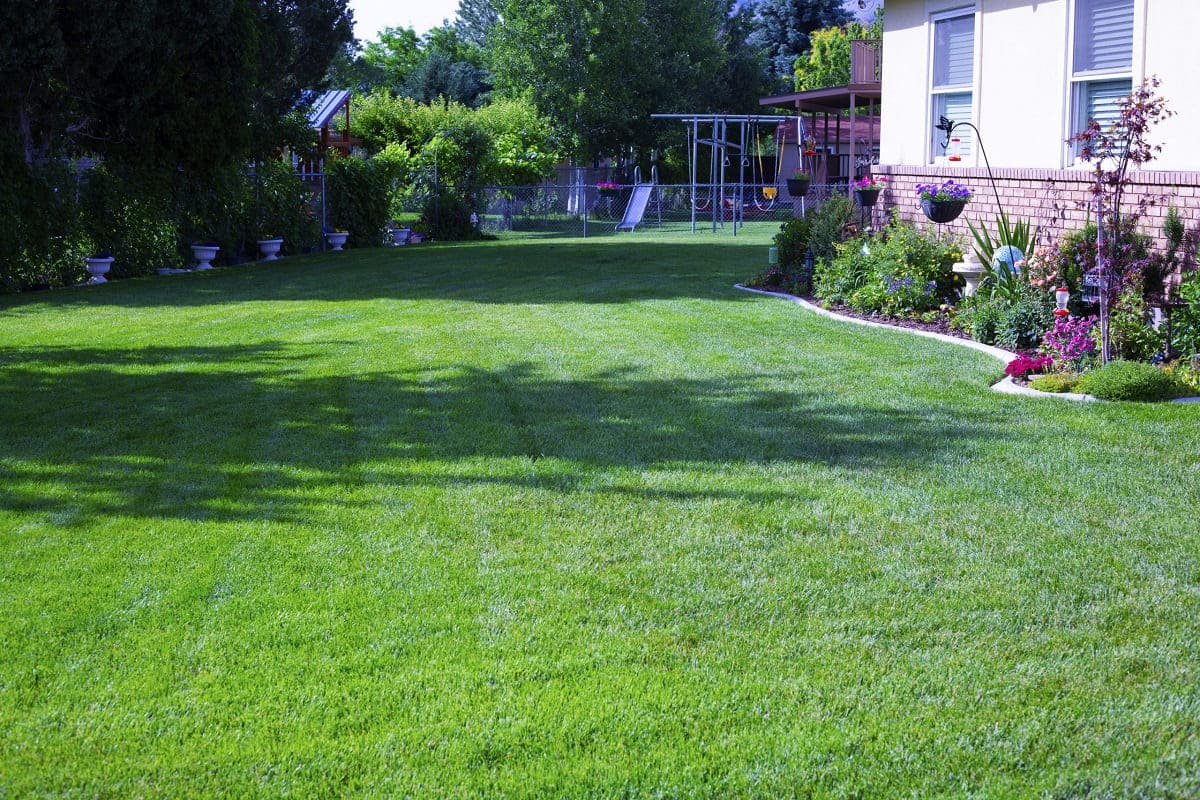

0 thoughts on “How To Turn A Muddy Yard Into Grass”